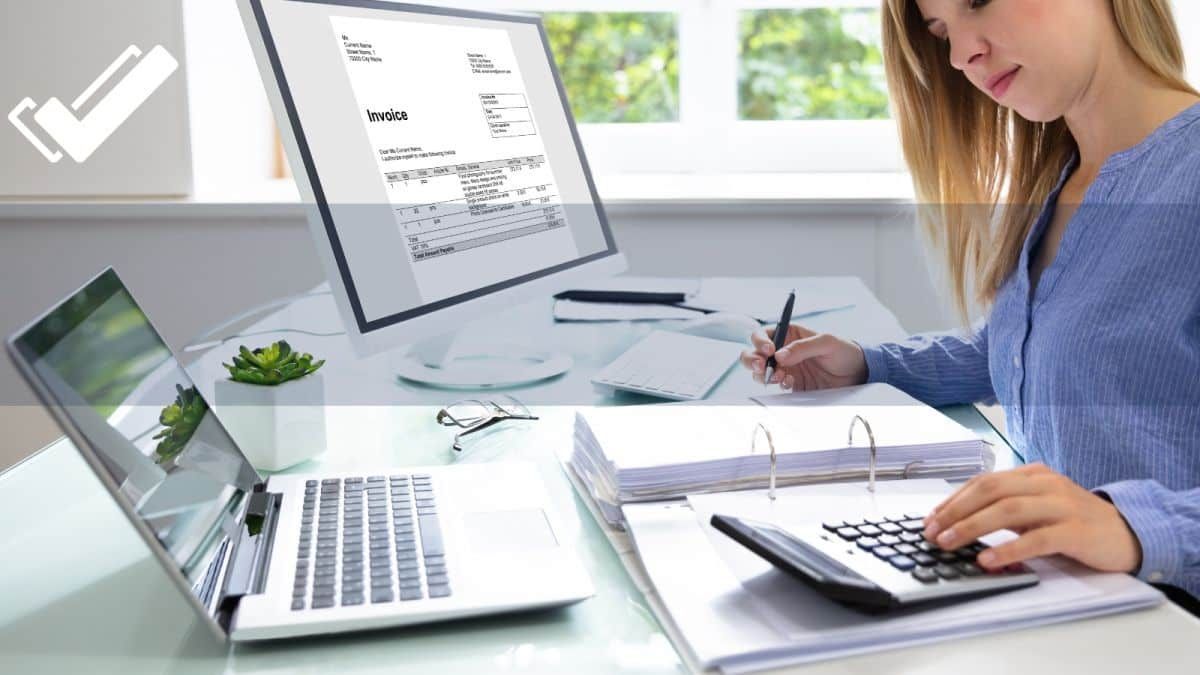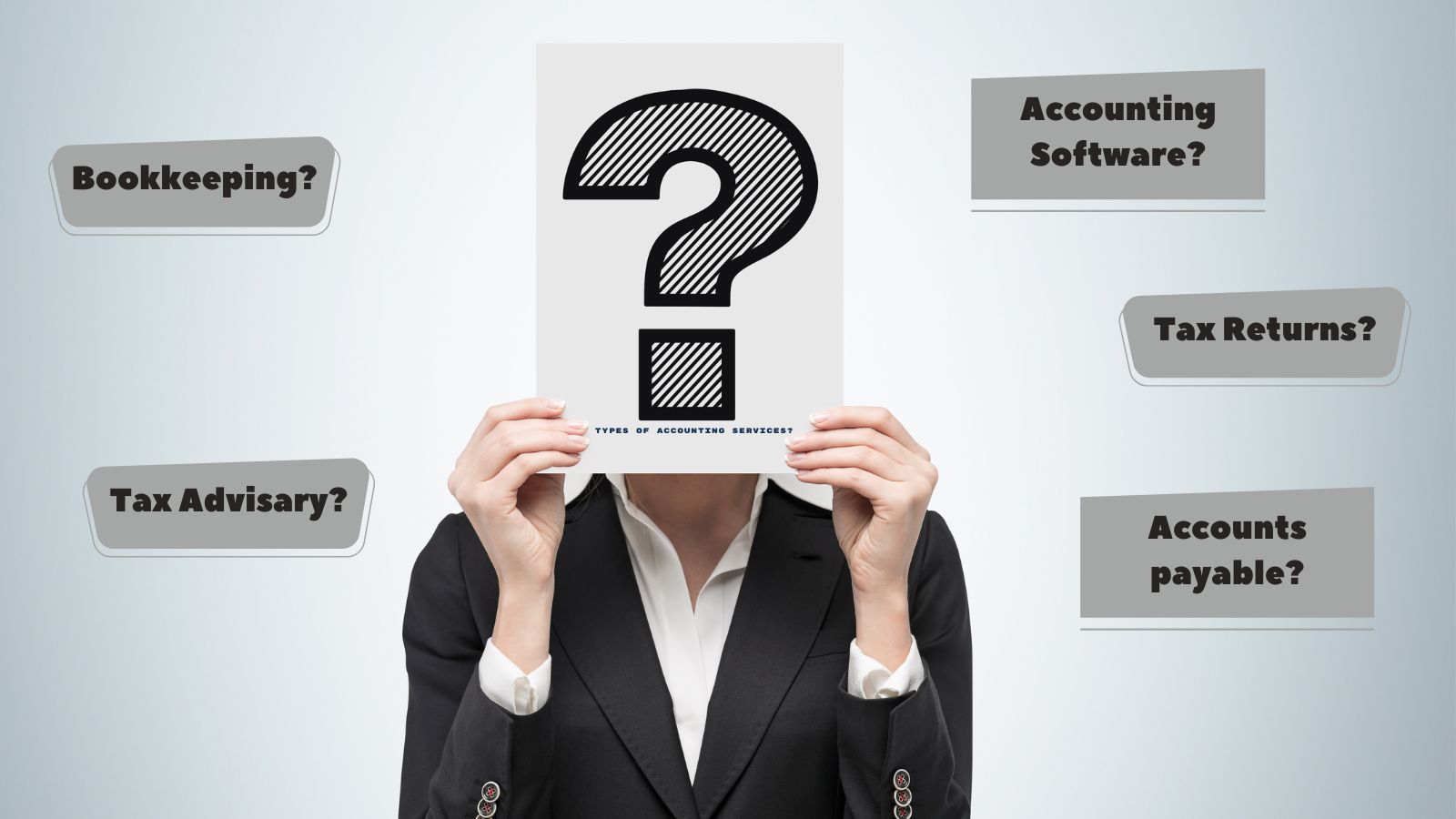Step-by-Step Guide to Claiming Tax Relief for UK Small Business
Small Business Tax Relief
Unlock Your Tax Savings Today: Learn How to Claim Tax Relief for UK Small Businesses with Our Step-by-Step Guide
As small business owners, it's important to stay on top of the various tax reliefs available, in order to maximize our savings and invest in our business.
However, navigating the complex world of tax reliefs can be overwhelming and time-consuming. This comprehensive guide will provide a starting point for small business owners to get going and make a plan.
Step 1: Identify the Tax Reliefs Available to Your Business
The first step in claiming tax reliefs is understanding which reliefs are available to your business. Some of the most common reliefs for small businesses in the UK include the Annual Investment Allowance (AIA), Research and Development (R&D) Tax Credit, Employment Allowance, Capital Gains Tax, and Business Premises Renovation Allowance.
Each relief has its own set of eligibility criteria, so it's important to understand which reliefs your business qualifies for and how they can benefit you.
Business expenses - you can claim for allowable expenses like office supplies, utilities, equipment, phone/internet, travel costs, advertising etc. Keep receipts and track costs diligently.
Business mileage - If you use your personal car for business, keep a mileage log. HMRC allows 45p per mile for the first 10,000 miles.
Assets and capital allowances - Claim tax relief on major assets like vehicles, machinery, and office equipment through capital allowances.
Trading losses - If your business made a loss, it can be offset against other income or carried forward.
Research and Development (R&D) - Tax credits may be available for qualifying R&D activities
Step 2: Keep Detailed Records
When it comes to claiming tax relief, it's essential to keep detailed records of your expenses and activities. Thorough records of all business expenses, assets, mileage, and other documentation relevant to tax relief claims.
This includes receipts, invoices, bank statements, and records of R&D activities or renovation works. Accurate and complete records will not only ensure that your claim is processed smoothly but also make the process of submitting your claim much easier.
Step 3: Consult with a Professional Accountant
Consulting with a professional accountant is vital to ensuring that your claim is prepared correctly and that you're complying with the criteria. Providing guidance and advice on how to maximise your reliefs and avoid common mistakes.
Step 4: Register for the Reliefs
After identifying the reliefs that you're eligible for and gathering the necessary documentation, it's time to register for the reliefs. This can typically be done through your payroll software or by contacting HM Revenue and Customs (HMRC). Make sure to register as soon as possible to avoid missing the deadline.
Step 5: Submit Your Claim
Once you've registered, you'll need to submit your claim to HMRC. Be sure to include all of the necessary documentation and information to support your claim. Be prepared for an audit and answer any questions that HMRC may have about your claim.
Step 6: Receive Your Refund
After submitting your claim, you will receive a refund from HMRC if your claim is approved. Use this refund to invest in your business or to pay off any outstanding debts.
Claiming tax reliefs can be a complex process, but with the right preparation and guidance, small businesses can take advantage of these reliefs to save money and invest in their business.
By identifying what you're eligible for, keeping detailed records, consulting with a professional accountant, registering for the reliefs, submitting your claim, and receiving your refund, small businesses can master the art of tax reliefs and take their business to the next level.












